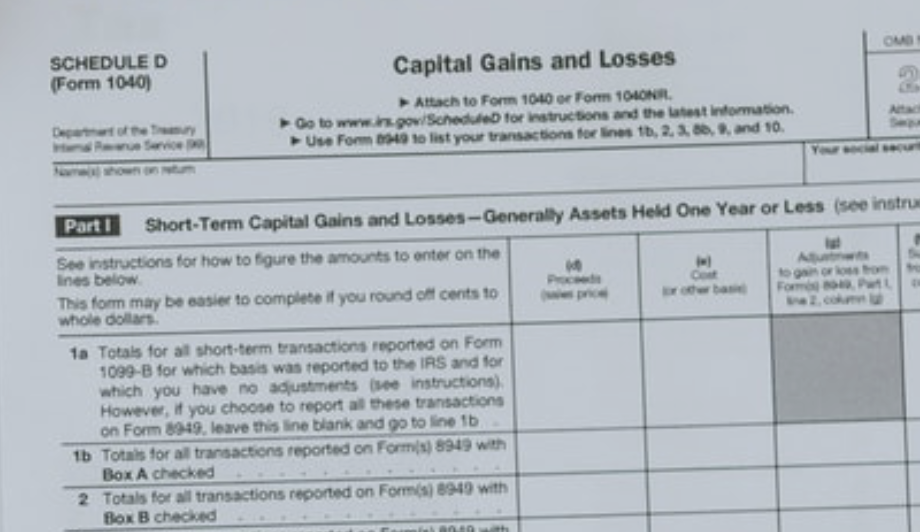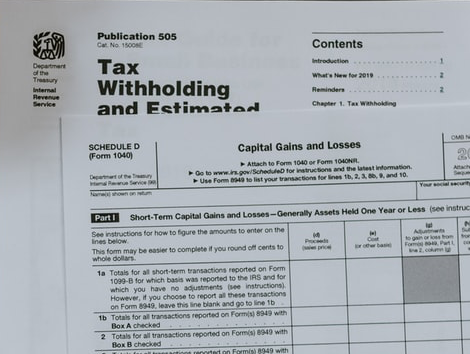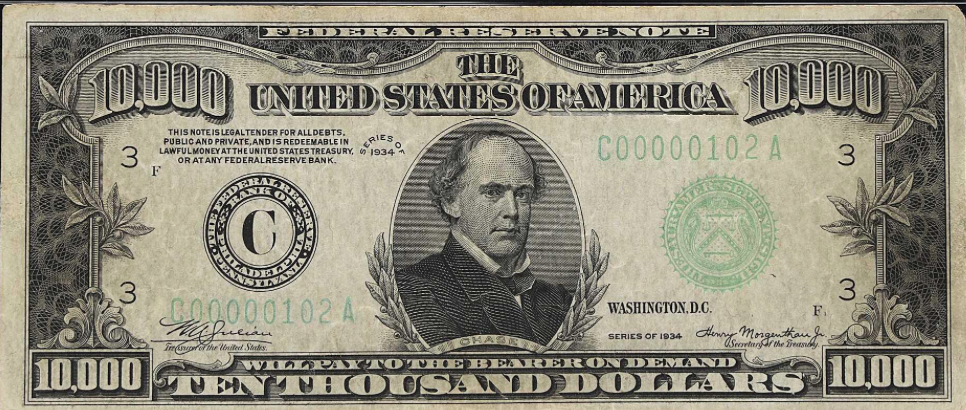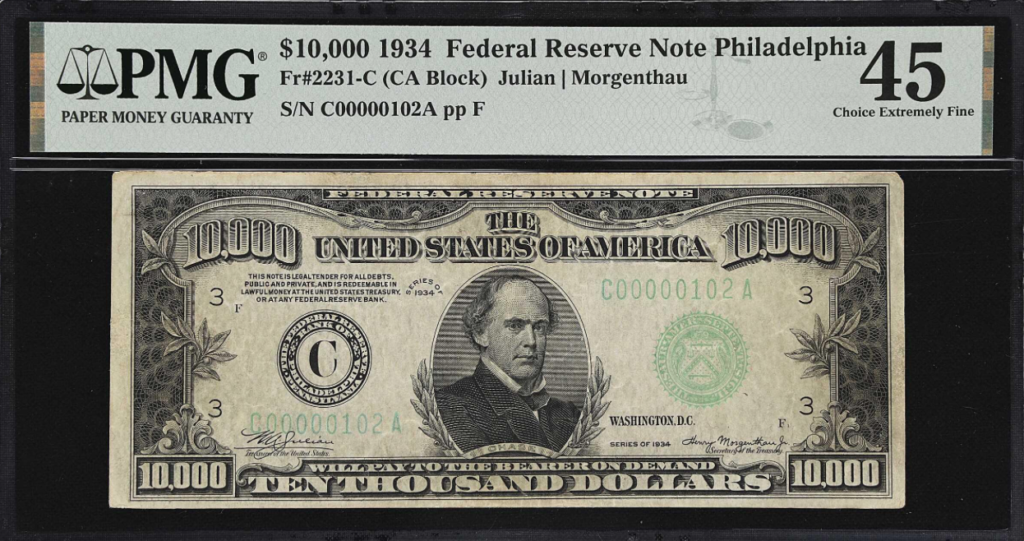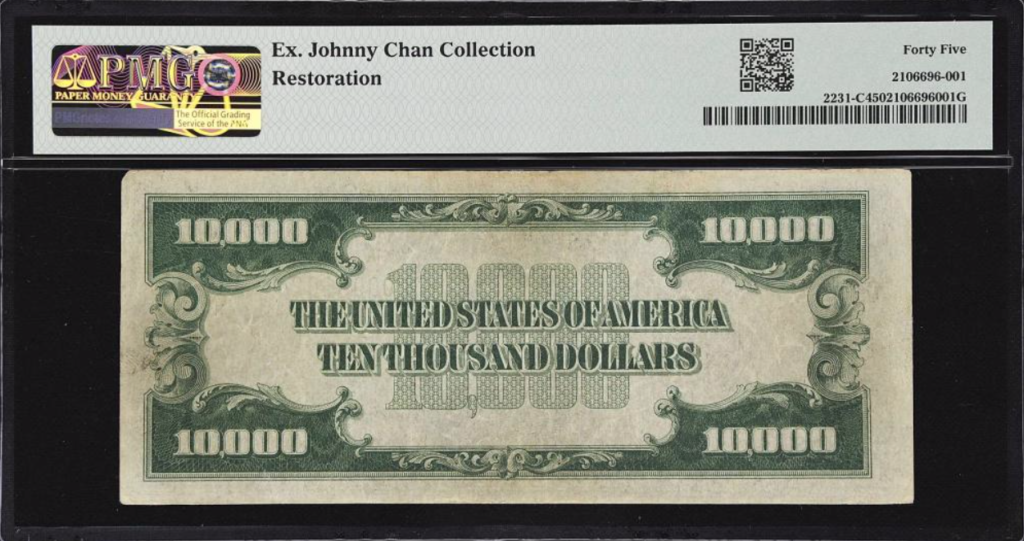By Fred Fuld III
In case you haven’t heard the news, the president-elect for the nation of Argentina is Javier Milei, the first libertarian leader of a major country. He primarily identifies as a minarchist, libertarian, or classical liberal, and advocates for a minimalistic government focused solely on justice and security, with a strong opposition to socialism and communism, criticizing them as violent systems that generate misery and hunger.
Considering that the rate of inflation in Argentina this year surpassed 100% for the first time since the early 1990s, it’s no wonder that the people of Argentina are fed up with past politicians and want someone who is dramatically different and will make substantial changes to the government, and in turn, the country’s economy.
When the news hit, the Argentina ETF, which is the Global X MSCI Argentina ETF (ARGT), spiked by 11.56% today and is even higher in the after-market. It is a diversified way of investing in the Argentina market.
However, there are several Argentina companies that trade on the NYSE and NASDAQ which are available to traders and investors.
One of the largest is the financial services company Grupo Financiero Galicia S.A. (GGAL), which trades on NASDAQ and has a market cap of $1.75 billion.
Grupo Financiero is a leading financial institution in Mexico, with a wide range of financial products and services for individuals and businesses. The company provides banking, insurance, investment management, and other financial services to its customers. Grupo Financiero has a strong focus on innovation and technology. The company has a strong track record of financial performance, and is well-positioned for continued growth in the future.
The stock trades at 15 times trailing earnings and 9 times forward earnings. It has an outstanding price-to-sales ratio of 0.16 and is selling for half of book value. Quarterly earnings growth year over year was 78.8% and earnings for next year are expected to jump by 232%. The company even pays a 5.12% dividend.
Another stock worth looking at is Banco Macro (BMA), with a market cap of $1,53 billion. It trades on the NYSE.
Banco Macro S.A. is a leading private national bank in Argentina, providing a comprehensive range of financial products and services to individuals, small and medium-sized enterprises, and corporations. The bank operates an extensive branch network across the country, complemented by a robust digital banking platform.
The trailing price earnings ratio is 31 and the forward P/E is 8. Although earnings for the latest quarter were up substantially over the same quarter for the previous year, earnings for next year are expected to be up only minimally, roughly 0.5%.
The company’s ratios are all excellent with a Price to Earnings Growth of 0.15, a P/S ratio of 0.22, and a P/B ratio of 0.53. (Remember, any number below one for these ratios is considered favorable.)
The company pays a fairly high dividend of 8.04%.
Pampa Energia (PAM) is the large utility company in Argentina, with a market cap of $5.6 billion, and trades on the NYSE.
Pampa Energía S.A. is the leading independent and integrated energy company in Argentina, with a diversified portfolio of assets across the electricity and gas value chains. The company operates an installed electricity generation capacity of 4,970 MW, with a focus on thermal and renewable energy sources.
Pampa Energía also produces oil and gas, with an average production of 80,400 barrels of oil equivalent per day (boe/d) as of Q3 23. The company’s transmission business, Transener, operates and maintains 86% of the Argentine high voltage transmission grid. Pampa Energía has a strong commitment to sustainability and is actively investing in renewable energy projects.
The trailing P/E ratio is 6 and the forward P/E is 8. Earnings growth this year was negative, and expected todrop again next year. The PEG ratio is good at 0.86, but the P/S ratio is moderated at 1.32.
Surprisingly for a utility, but maybe not so surprising based on the financials, the company does not pay a dividend.
The energy company YPF (YPF) has a market cap of $13 billion and trades on the NYSE.
YPF S.A. is a leading integrated energy company in Argentina, engaging in the exploration, production, and distribution of crude oil, natural gas, and liquefied petroleum gas (LPG). It operates through three segments: Upstream, Gas and Energy, and Downstream. The company’s upstream business focuses on the exploration, development, and production of hydrocarbons from conventional and unconventional sources.
The Gas and Energy segment manages the transportation, commercialization, and distribution of natural gas, as well as the operation of regasification terminals and the generation of electricity. The Downstream segment encompasses the refining, marketing, and distribution of oil and petroleum products, along with the production of petrochemicals, biofuels, and other related components.
YPF maintains a retail network of over 1,600 YPF-branded service stations and holds exploration permits across Argentina, Chile, Colombia, and Bolivia. With a commitment to innovation and sustainability
The stock trades at eight times trailing earnings and five times forward earnings. Earnings per share tanked this year dropping 47%, and next year are expected to drop another 2.6%.
Yet the P/S ratio is 0.32 and the stock is selling at 54% of book value.
The company does not pay a dividend.
I’m sure the world will be watching to see what happens with Argentina in the next few years, especially their inflation rate.
Author didn’t own any of the above t the time the article was written.

